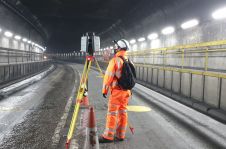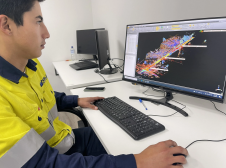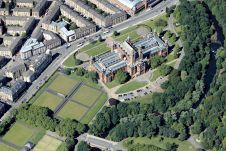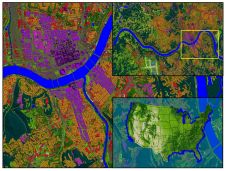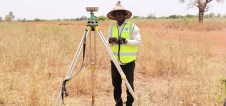Open Data
The long and heated debates on whether users should pay for geodata produced by public institutes are approaching deadlock now that many countries and (supra)national leaders are embracing the view that governmental data should be freely available to all. “I am a big supporter of open data which is widely available and accessible, for free and with no restrictions at all associated with its re-use,” stated European Commissioner Neelie Kroes in our May 2012 issue. The vision underpinning offering data to everyone free of fees, copyright claims or permits is that facts, like air and sunlight, are owned by no one.
Since 1 January 2012, much of The Netherlands’ topographic and cadastral data has become open, and the country’s topographic map is now included in OpenStreetMap (OSM). OSM, founded in mid-2004, aims to generate a free, editable map of the entire world through input from volunteers. Its launch has been driven by the restrictions many governments place on access to and use of geodata, and has been facilitated by rapid developments in (wireless) broadband internet going hand in hand with portable GNSS devices becoming available for the masses at affordable prices. When volunteers – walking or cycling through the real world, GNSS handhelds in their hands – collect and subsequently upload geodata, mapping agencies benefit since the crowdsourced data enables the official map to be continuously updated. As a result, map upkeep no longer depends so heavily on regular revision cycles, although they do of course remain necessary to ensure quality.
Hence, we can close the chapter on ‘to charge or not to charge’, since all the issues have been settled. Or haven’t they? Wherever there is cooperation – even when it takes place through informal social networks – there is conflict. Firstly, the privacy issue: data which is initially not reducible to individuals may become so in combination with other data. If and when possible, official agencies may make use of this fact and, as is becoming increasingly apparent in the war against terror, the nation state itself is not always the citizen’s best friend. Therefore, when data is freely accessible, volunteers may find out what type of information the state is able to generate on individuals by combining data, and when privacy rules are violated, alarm bells start to ring. Secondly, what about data quality when laymen are doing the updating? What will be the positional precision of features they add, and will they be labelled correctly? Furthermore, based on open cadastral data, a third party may start selling information on property parcels to the general public. When the source of data is not clear, the Cadastre may receive abundant complaints if the information is inferior or the charges considered too high. And this drives a stake through the heart of century-old and respected national institutes. Reputation arrives on foot but leaves on horseback, as the saying goes. The debate is still open – only the focus has shifted.
Make your inbox more interesting.Add some geo.
Keep abreast of news, developments and technological advancement in the geomatics industry.
Sign up for free



